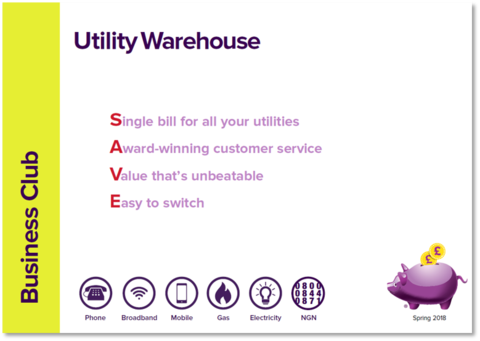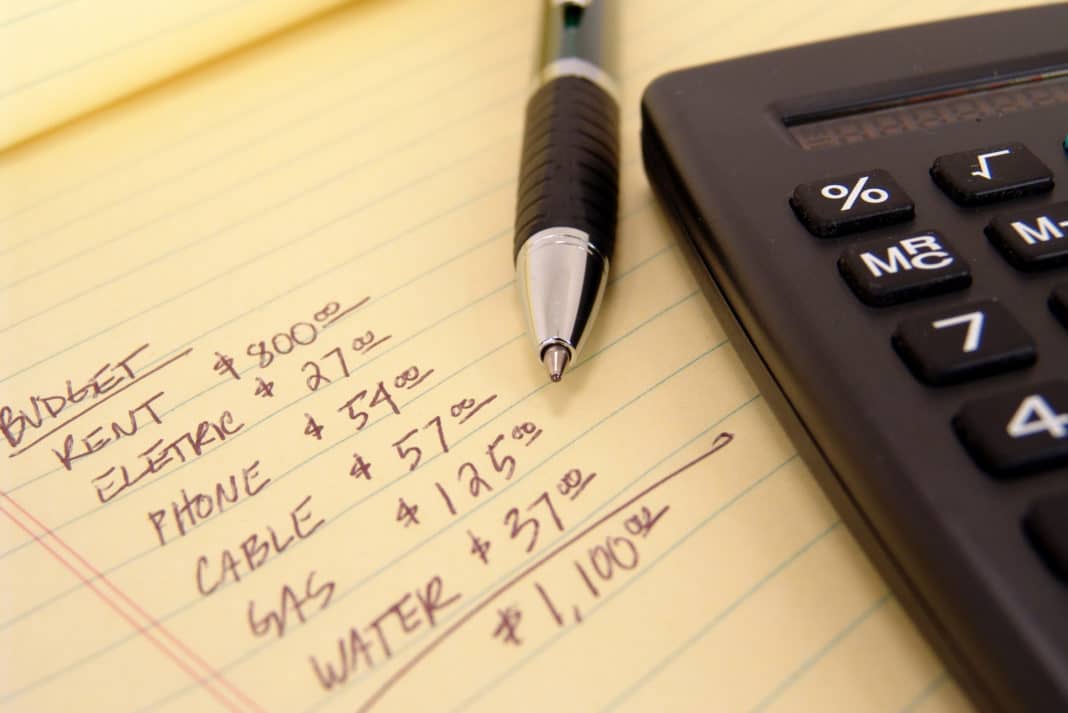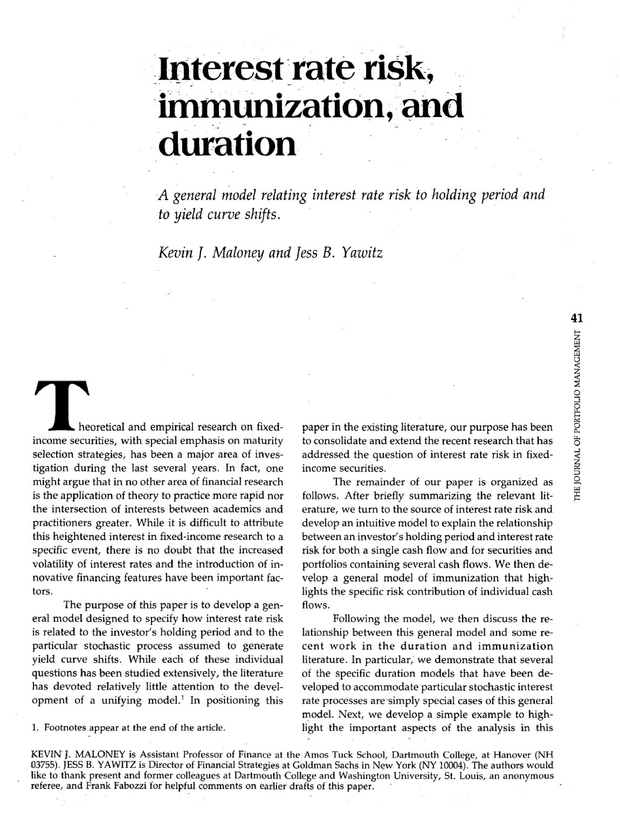Contents:


For this reason, when the purpose is to analyse organizational activities and compare measures of different organizations, often through accounting-based measures, annual reports are reclassified. Purchased through acquisitions and equipment purchases, capital leases, and proceeds from property disposals. Noncash transactions include translation gains and losses, transfers, depreciation, reverse consolidations, and restatements. Fixed assets help a business generate business revenue by creating goods or providing services. A business location can be used to provide services to a customer, such as a restaurant, nail salon, or movie theater. Timely, reliable data is critical for decision-making and reporting throughout the M&A lifecycle.

Simply put, this means that you need to account for any decrease in value of your fixed asset. Types of fixed assets common to small businesses include computer hardware, cell phones, equipment, tools and vehicles. Personal fixed assets are forms of real property, such as a home or a car, that you can calculate as part of your net worth alongside your personal finances. Some personal fixed assets, like a home, could appreciate in value over time depending on unique factors, such as location and the home’s condition.
Banking
Monitor and analyze user performance, ensuring key actions quickly. Understand customer data and performance behaviors to minimize the risk of bad debt and the impact of late payments. Monitor changes in real time to identify and analyze customer risk signals. Standardize, accelerate, and centrally manage accounting processes – from month-end close tasks to PBC checklists – with hierarchical task lists, role-based workflows, and real-time dashboards.
- Overall, “assets” is the broad term for all resources controlled by a company, from cash to patents.
- Specifically, the U.S. tax code allows companies to reduce their taxable income for depreciation.
- Property Identification Tags Explore options for easy identification and tracking of property assets.
- Thirdly, and this is a point of importance, a manufacturer is forced to rely on his fixed assets to produce his profits.
- Together with expanding roles, new expectations from stakeholders, and evolving regulatory requirements, these demands can place unsustainable strain on finance and accounting functions.
You’ll get an alert if your https://1investing.in/ or vehicle ever crosses the boundary of the geofence. Your fix at sets may serve as collateral which is a guarantee that you will repay your loan. That’s why it’s important to be sure you can survive without the assets, or you can quickly secure different ones. To exclude liabilities, simply subtract the value of net fixed assets with any liabilities related to it.
Difference Between Fixed & Movable Assets
Not only your building space but also the ovens, the refrigerators, and all the larger pieces of baking equipment qualify as fixed assets. The other items, such as the flour, sugar, and eggs, are purchased and sold as part of your regular business sales; those items are not considered fixed assets. It’s a good idea to take a physical inventory at least once a year – if not every six months – to determine whether your organization has all the necessary furniture, equipment, and other items. Many asset tracking software companies will give you barcode stickers that you can use on all of your fixed assets. Then, all it takes is using the barcode scanner to confirm that everything listed in the system is still where it should be. According to Generally Accepted Accounting Principles or GAAP, fixed assets are listed on the balance sheet as part of the property, plant, and equipment or PP&E.

Generally, the higher the fixed asset turnover ratio, the more efficient the company is since it implies more revenue is created per dollar of fixed assets owned. Under U.S. GAAP reporting, fixed assets are typically capitalized and expensed across their useful life assumption on the income statement. Companies purchase non-current assets – resources that provide positive economic benefits – to generate revenue as part of their core operations. In the balance sheet, Net Fixed Assets are equal to the book value of a company’s fixed assets less its accumulated depreciation. This is the figure that must be used when calculating Net Fixed Assets. A Net Fixed Asset is the total value of a company’s fixed assets reduced by its accumulated depreciation and any impairment it has.
Non-depreciable fixed assets
payroll accounting assets, on the other hand, are assets that can be converted into cash within a year, such as cash, accounts receivable, and inventory. Most financial statements will break down asset holdings into fixed assets, non-current assets or current assets depending on their specific characteristics. The reason is buildings, on normal occasions, take more time to complete, and it is the business of Asha builders to sell them, and they don’t intend to use them. So, these criteria of using those constructed buildings fail to meet and hence cannot be accounted for as fixed assets in the books of accounts. So, instead, the selling pricing is less cost price, and all the costs will be treated as normal income in the revenue statement, and the balance will be profit. However, one needs to follow what accounting standards on revenue state how to account for revenue, cost, and profit; for example, there is a cost of completion method that one can use.
Rent the Runway, Inc. Announces Fourth Quarter and Full Year … – GlobeNewswire
Rent the Runway, Inc. Announces Fourth Quarter and Full Year ….
Posted: Wed, 12 Apr 2023 20:01:00 GMT [source]
A first challenge is to determine the fair value of fixed assets. For fixed assets that are used as a production factor, this is difficult as they usually are not traded and often have unique features. For real estate, external appraisers may value the assets occasionally. For other fixed assets, the amortized value may be a reasonable estimate. Examples of fixed costs include buildings, computers, manufacturing equipment, vehicles, office equipment and furniture.
Fixed Assets vs. Noncurrent Assets
When a company purchases a fixed asset, they record the cost as an asset on the balance sheet instead of expensing it onto the income statement. Due to the nature of fixed assets being used in the company’s operations to generate revenue, the fixed asset is initially capitalized on the balance sheet and then gradually depreciated over its useful life. A fixed asset shows up as property, plant, and equipment (a non-current asset) on a company’s balance sheet.

A metal tag with Duke University’s logo is applied to movable assets. The tag displays a control number which was created at the time the asset was created in SAP. Even items that cannot physically carry a metal tag have an assigned number. However, whether something is classified as a fixed asset can also depend on how the company uses it.
Recall that property, plant, and equipment (PP&E) is equal to the gross fixed assets. In terms of fixed assets, impairment commonly happens as a result of these assets being physically damaged. As a side note, the only fixed assets that doesn’t usually depreciate is land. The only exception to this is land with natural resources where the resources are being depleted. To calculate net fixed assets, you will need to know the gross amount of fixed assets of the company.
Examples of fixed assets include land, buildings, equipment, and vehicles. Depreciation is the systematic reduction of the value of a capitalized asset over time. Depreciation expense for a given period is a debit that reduces income on a company’s income statement, and the offsetting credit builds up in the accumulated depreciation account on the balance sheet. A critical part of accounting for fixed assets is determining the length of an asset’s useful life, or how long the asset will yield economic benefit. This estimate should be based on some reasonable expectation, such as anticipated usage. Both GAAP and the IRS provide guidance on length of useful life for distinct types of fixed assets.
Depreciation enables companies to generate revenue from their assets while only charging a fraction of the cost of the asset in use each year. If assets are classified based on their convertibility into cash, assets are classified as either current assets or fixed assets. An alternative expression of this concept is short-term vs. long-term assets. Although the list above consists of examples of fixed assets, they aren’t necessarily universal to all companies. In other words, what is a fixed asset to one company may not be considered a fixed asset to another. Fixed assets are non-current assets on a company’s balance sheet and cannot be easily converted into cash.
Prepare Your Portfolio for the Second Quarter of 2023 – Retirement … – TheStreet
Prepare Your Portfolio for the Second Quarter of 2023 – Retirement ….
Posted: Fri, 14 Apr 2023 11:00:00 GMT [source]
It means any asset that can be touched and felt could be labeled a tangible one with a long-term valuation. Capital investment is the acquisition of physical assets by a business in order to further its long-term goals and objectives. Fixed assets are subject to depreciation to account for the loss in value as the assets are used, whereas intangibles are amortized.
Asset Management Control Portal Easily standardize asset management across your entire organization with a dedicated online asset label portal. INVESTMENT BANKING RESOURCESLearn the foundation of Investment banking, financial modeling, valuations and more. Generally, It requires significant investment and cash outflows when they are purchased.
Fitch Affirms Metro Bank at ‘B’; Outlook Stable – Fitch Ratings
Fitch Affirms Metro Bank at ‘B’; Outlook Stable.
Posted: Fri, 14 Apr 2023 14:53:00 GMT [source]
The difference between these two types of investments is that tangible assets have a physical existence while intangible assets have no physical presence. It is essential to note that fixed assets are vital in any organization since they assist them in making profits. Fixed assets represent long-term investments in a company, such as land, buildings, or equipment. They are not as liquid as current assets, meaning they cannot be converted into cash as quickly.